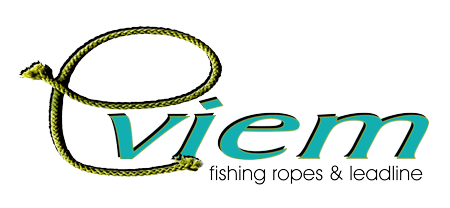Leverage Trading: What is Leverage in Forex
Content
Forex free margin is the amount of money in a trading account that is available to open new positions. It can be calculated by subtracting the used margin from the total amount deposited in an account and adding or subtracting the unrealised profit or loss from any open positions. If you have an open position that is currently in profit, you can use this profit as additional margin to open new positions on your trading account. If, for example, you have US$5000 in your account and are in profit by a further US$5000 in open trading positions, your free margin amounts to US$10,000. Always risk a small percentage of your trading account on any single trade. This means that you’ll take a smaller position size, allowing your used margin to stay well below your account’s equity.
A margin is a tool used by brokers on Forex, as well as other markets, for ensuring their financial stability. When they offer leverages, they basically lend their customers their own money. It’s not a surprise that they want to have some guarantees that their funds are safe. In general, if a trader has short-term trading operations and expects to receive payouts in a short time, they usually use higher leverage. When the position times become longer, days, weeks, or even months, traders tend to employ lower leverage. And if a month is not so successful, there will be fewer funds to withdraw.
Currency
If you trade two standard lots, which are worth $200,000 in face value with $10,000 in your account, then your leverage on the account is 20 times (200,000/10,000). Trading leveraged products such as Forex and CFDs may not be suitable for all investors as they carry a high degree of risk to your capital. For more on this risk management tool what is leverage in forex and why it is essential for all Forex traders read our article on stop-loss orders. Leverage is a concept that attracts a large number of traders to the markets. At first, trading on leverage sounds very appealing to new traders. But apart from the benefits mentioned above, there are various disadvantages accompanying leverages as well.
While leverage can increase your potential profits, it can also increase your potential losses. You can avoid the potentially negative impact of leverage by using risk-management tools provided by brokers. When trading on leverage, brokers will charge you a financing rate.
So, what is leverage in Forex?
In forex trading, leverage is the ability to enter a position that’s more valuable than the amount of money you have in your brokerage account. In simpler terms, it’s the ability to borrow credit from your forex broker to make larger trades.
New traders who trade with a lower leverage ratio will have more time to learn to trade as they will likely stay longer in the game. Lower position sizes also mean less fluctuation in the account’s equity, which in turn helps to keep emotions under control. Higher position sizes and trading on high leverage magnifies not only your profits but also your losses. Trading on high leverage is arguably the most common reason why new traders blow up their accounts in record time.
Revealed: How to Make Money Day Trading
If you had to come up with the entire $100,000 capital yourself, your return would be a puny 1% ($1,000 gain / $100,000 initial investment). Our gain and loss percentage calculator quickly tells you the percentage of your account balance that you have won or lost. Learn how to trade forex in a fun and easy-to-understand format.
You are required to pay back any leverage you use while trading. Leverage is debt just like any other type of loan, but unlike other types of debt, you may have some flexibility as to when you settle your balance. Your brokerage decides how much you can borrow and when you need to https://www.bigshotrading.info/ pay it back. At some point, you will have to settle your leverage debt. The amount of leverage you can use will be determined by your broker, but it could be as much as 400 times your total capital. Sign up for a demo account to hone your strategies in a risk-free environment.
Benefits and risks of using leverage
If the price moved up by $20, you would earn $20 on top of your $5,000. But it depends on the leverage ratio and margin of your Forex broker. You essentially borrow money from your broker, so you naturally have to return it. Some brokers also charge interest on trading with margin, so leveraged trading also increases your expenses. Leveraged trading is riskier than trading without leverage as traders can lose not only their own money, but also the money they don’t own.
If an investor buys $100,000 worth of EUR/USD, they might be required to hold $1,000 in the account as margin. In other words, the margin requirement would be 1% or ($1,000 / $100,000). Investors use leverage to enhance the profit from forex trading. The forex market offers one of the highest amounts of leverage available to investors. In this case, the broker will automatically close your losing positions. The limit at which the broker closes your positions is based on the margin level and is known as the stop out level, which varies from broker to broker.
When they move in the opposite direction, the losses can often exceed the total account capital. Because all traders make errors, the secret is to find a good balance of leverage. For new traders, it is recommended that they first understand the meaning of leverage and margin. Then, they should start trading with the minimum available leverage.
Why leverage is under regulatory scrutiny in the Forex industry – Belfast News Letter
Why leverage is under regulatory scrutiny in the Forex industry.
Posted: Mon, 18 Apr 2022 07:00:00 GMT [source]
